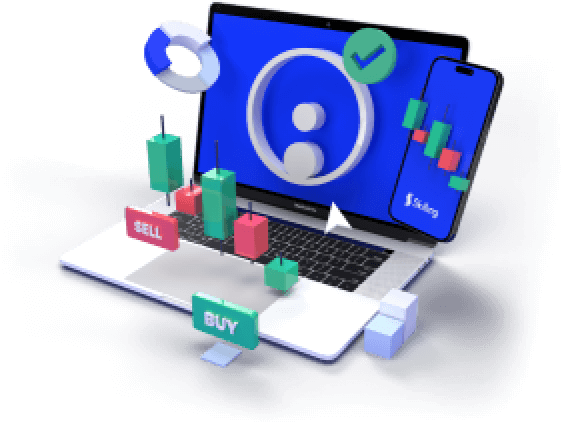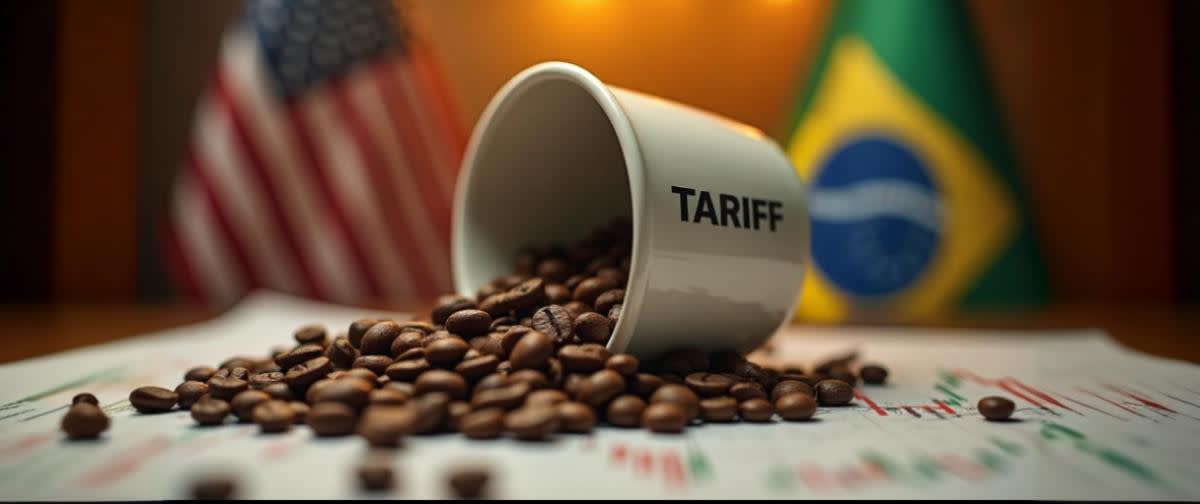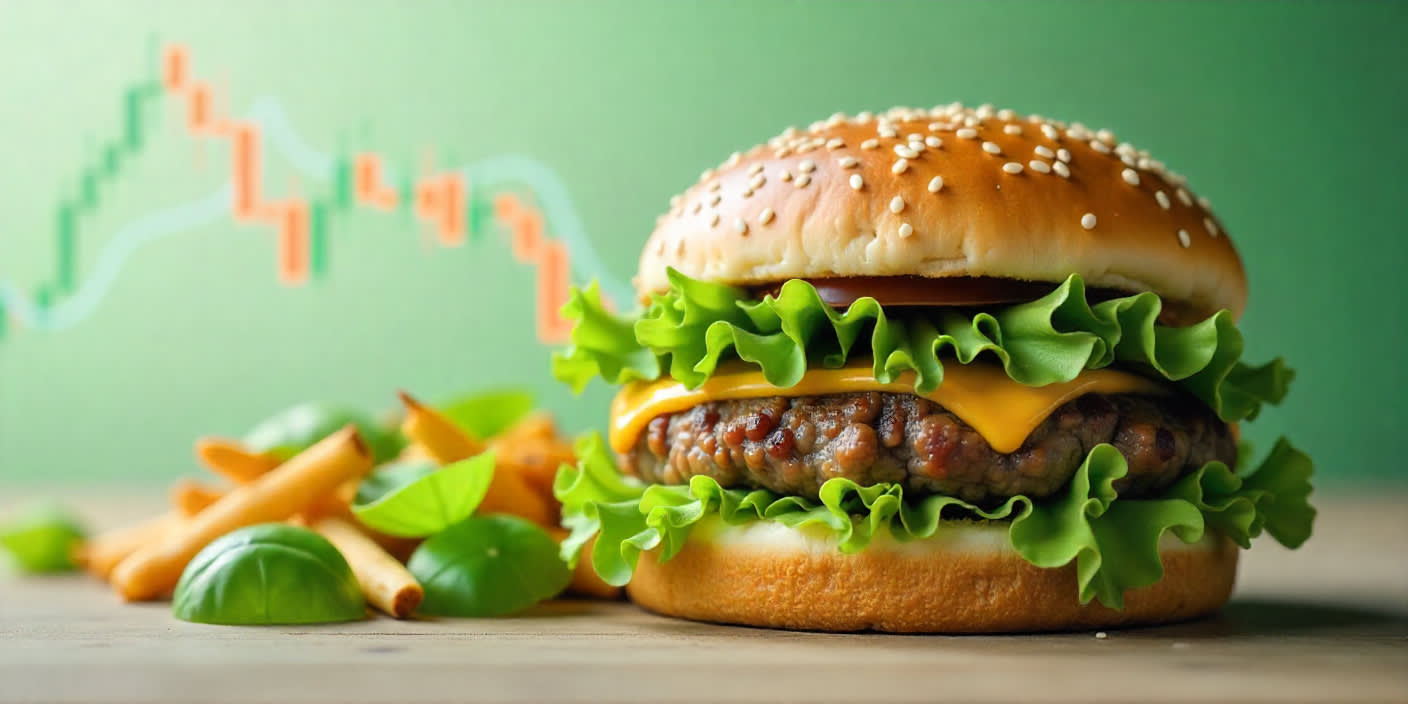Rising Prices Meet Rising Pressure
Coffee has long been a staple for millions of Americans, but 2025 is proving to be an expensive year for caffeine lovers. According to the latest Bureau of Labor Statistics data, retail coffee prices hit $7.93 per pound in May, up from $5.99 during the same time last year. The reasons? A perfect storm of tight global supply, climate-related disruptions, and now, looming tariffs on imports from Brazil.
President Trump’s administration confirmed on Wednesday that a 50% tariff will be imposed on Brazilian imports starting August 1, with coffee one of the most affected commodities. Given that Brazil accounts for nearly one-third of US coffee imports, the implications could be broad, from grocery store shelves to commodity markets.

Brazil’s Dominance in Coffee Supply
Brazil isn’t just a top coffee supplier - it’s the largest coffee producer in the world, shipping over 8 million 60-kilogram bags to the US in 2024 alone. For context, the U.S. imported about 26 million bags total, meaning Brazil supplies more than 30% of the total demand.
With droughts and frost already limiting harvests in key Brazilian growing regions like Minas Gerais and São Paulo, wholesale prices had already surged. Analysts warn that if Brazil retaliates or limits exports, traders could see upward pressure on global coffee [futures](/blog/trading-terms/futures/) and increased volatility in soft commodity markets.
Economic Impact and Tariff Transmission
According to The New York Times and Reuters, wholesale costs may jump as much as 50%, with retail prices rising by up to $0.25 per cup at cafes and grocery stores. For traders, the potential opportunity lies in tracking shifts in soft commodities and coffee-linked equities. However, this also introduces potential risks linked to geopolitical friction and retaliation.
Investors should also consider that coffee prices have remained relatively stable in real terms for decades. The BLS inflation calculator shows that the average price of $3.21 per pound in 1980 should equate to around $13 per pound today if it had kept pace with inflation. That historical context could reframe perceptions about the potential upside.
Trade Tensions and Political Timing
Some analysts refer to Trump’s tariff threats as part of a larger geopolitical manoeuvre aimed at boosting American agricultural exports while sending a signal of strength to trading partners ahead of the 2025 election cycle.
Whether or not these tariffs are fully enforced remains to be seen. In past years, the so-called “TACO” effect (Trump Always Chickens Out) has led markets to discount extreme trade rhetoric. But with sentiment hardening, and allies like Mexico also being targeted, this round could be harder to walk back, potentially amplifying market reactions.
What Traders Are Watching
Here are the key points currently being observed by traders:
- Brazilian response: Will Brazil retaliate or shift exports to other regions?
- Coffee futures: Already volatile, any escalation could drive short-term price surges.
- Currency swings: The Brazilian real and US dollar pairs could reflect the commodity price pressure.
- Retail giants, such as Starbucks and Nestlé, may face potential margin pressure.
Why miss out on the commodities market's potential?
Discover the untapped opportunities in top traded commodities CFDs like gold, silver & oil.
71% of retail CFD accounts lose money.

Conclusion
Coffee is more than a daily ritual — it’s now a front-line commodity in global trade tensions. With tariffs on Brazilian imports set to begin in August, price dynamics are shifting fast. For traders, the current volatility presents both potential opportunities and potential downsides, depending on how the political and economic story unfolds.











